Evžen Petřík / Oněgin
Article count: 55
Views count: 1.513.085
Full profile page: Evžen Petřík / Oněgin










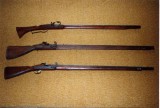
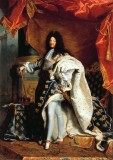
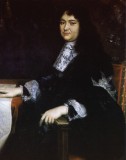
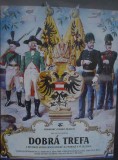
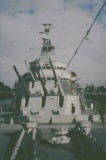





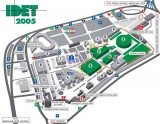

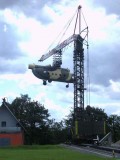
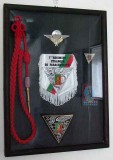
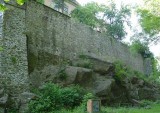
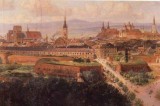


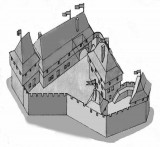
How Rohac's resistance was not as heroic as the legend has it.
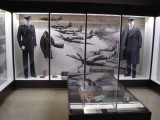
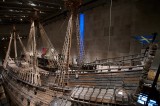
The first voyage of the largest and most beautiful ship of its time took an even shorter time than the voyage of the legendary Titanic.
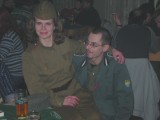






We believe that there are people with different interests and experiences who could contribute their knowledge and ideas. If you love military history and have experience in historical research, writing articles, editing text, moderating, creating images, graphics or videos, or simply have a desire to contribute to our unique system, you can join us and help us create content that will be interesting and beneficial to other readers.
Find out more